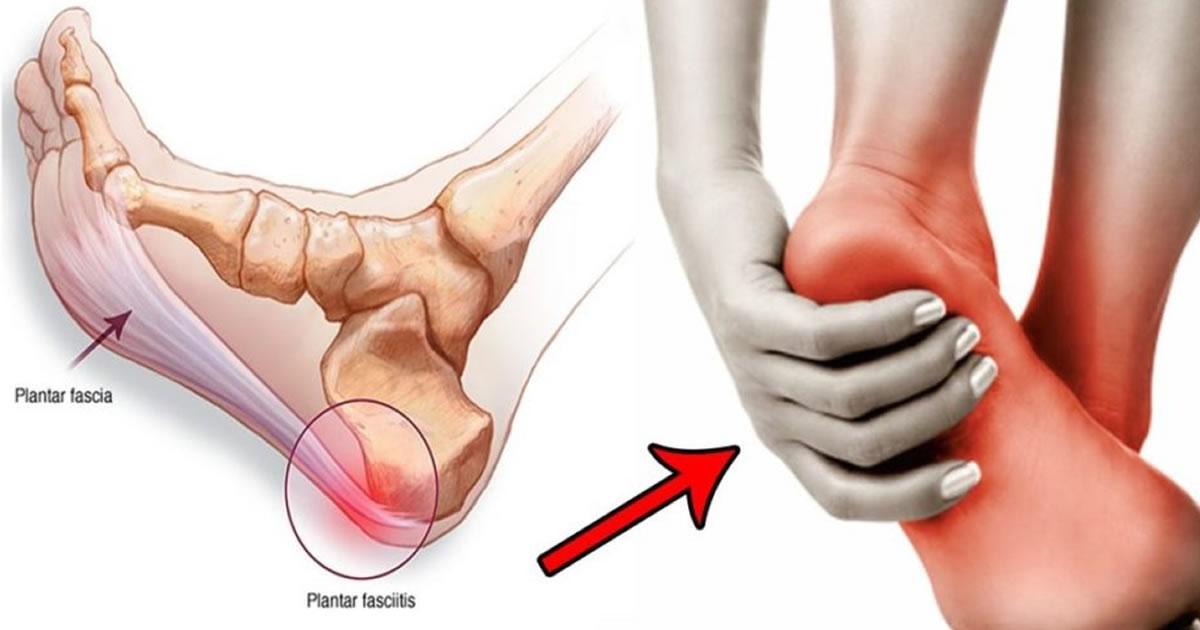
Plantar fasciitis is inflammation of the fascia of the sole of the foot. The fascia is a small, thick, taut fibrous tissue that covers the muscles and inserts into the heel bone, the calcaneus, and unfolds forward to anchor in the fingers. Its function is to cushion the impacts during the race and stabilize the heel.
Exactly plantar fasciitis is identified as pain in the heel or the sole of the foot itself and is felt especially when you get up in the mornings. It can be produced by excessively worn footwear or by the poor condition of the plantar musculature. Another cause may be hyperpronation which is a structural deformity of excessive movement of the ankle bone (talus) over the heel bone (calcaneus). This abnormal movement in turn causes equally excessive movements of the bones and soft tissues of the foot and a shortening of the muscles of the triceps sural.
To avoid suffering this type of injury, it is best to invest time and money in the correct choice of footwear. “THERAPEUTIC AND BIOMECHANICAL FOOTWEAR BOCCIO” shoes manufactured according to the individual and particular need of each patient, made with 100% natural materials, comfortable and designed especially for this type of situation. See if we are pronators (foot that steps regularly with the inner side of the sole of the foot) or supinators (foot that steps regularly with the outer side of the sole of the foot) and if we need corrective insoles. It is also convenient to do stretches to discharge the plantar fascia.
If you suffer from plantar fasciitis, it is best to resort to massage on the sole of the foot, passive stretching and strengthen the plantar and peripheral muscles. Ice should also be applied to the area at least three times a day, too, after all sports activity. A functional bandage or heel can help, but certainly the best help is to wear proper footwear. “THERAPEUTIC AND BIOMECHANICAL FOOTWEAR BOCCIO” shoes manufactured according to the individual and particular need of each patient, made with 100% natural materials, comfortable and designed especially for this type of situation.
WHAT CAUSES THE PAIN IN THE HEEL?
The heel hurts when the plantar fascia in the calcaneus is inflamed and this can originate as a local manifestation of systemic inflammatory diseases (rheumatoid arthritis, rheumatic fever, ankylosing spondylitis), metabolic (diabetes mellitus, gout, etc.), vascular neurologies etc., and secondary to anatomical alterations that directly overload the foot such as cavus foot, flat foot, shortening of the Achilles tendon or indirectly by inadequate footwear.
RISK FACTORS:
- Overweight and obesity
- Spend most of the day on your feet.
- Stress
- Becoming very active in a short period of time
- Have flat foot or cavus foot (high arch)
- The use of high-heeled shoes predisposes over time to the shortening of the Achilles-calcaneus-plantar fascia complex, producing plantar fasciitis; in fact, the woman who wears high heels does not tolerate flat shoes or walking without shoes because she pulls the plantar fascia and the Achilles.
CAUSES
- MECHANICS: narrow, pointed and rigid daily use shoes or inadequate sports shoes. In women the use of narrow footwear with high heel and high 3-4 inches. Promotes the development of plantar fasciitis.
- METABOLICAS: diabetes mellitus, elevated uric acid (Gout)
- DEGENERATIVE: typical of age.
- COLLAGENOPATHIES: rheumatic arthritis
- IMMUNOLOGICAL: rheumatic fever
- NEUROLOGICAL: hypertonic (spastic foot), hypotonic (poliomyelitis, rare at present by the vaccine).
- VASCULAR: varicose veins
- IN CHILDREN: it is rare, but can occur in infants with flat foot of hereditary and congenital development (vertical talus) and other foot deformities (clubfoot)
- There may also be pain in the insertion of the Achilles tendon as a result of inflammation of the calcaneal growth plate (Sever’s disease).
